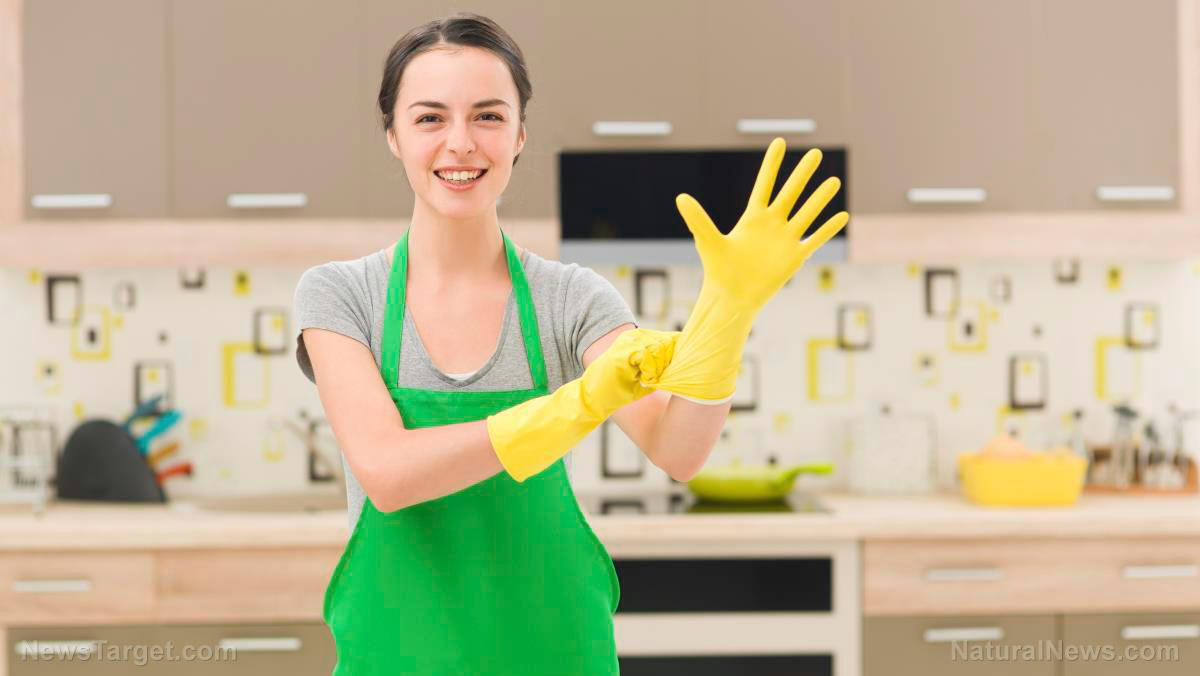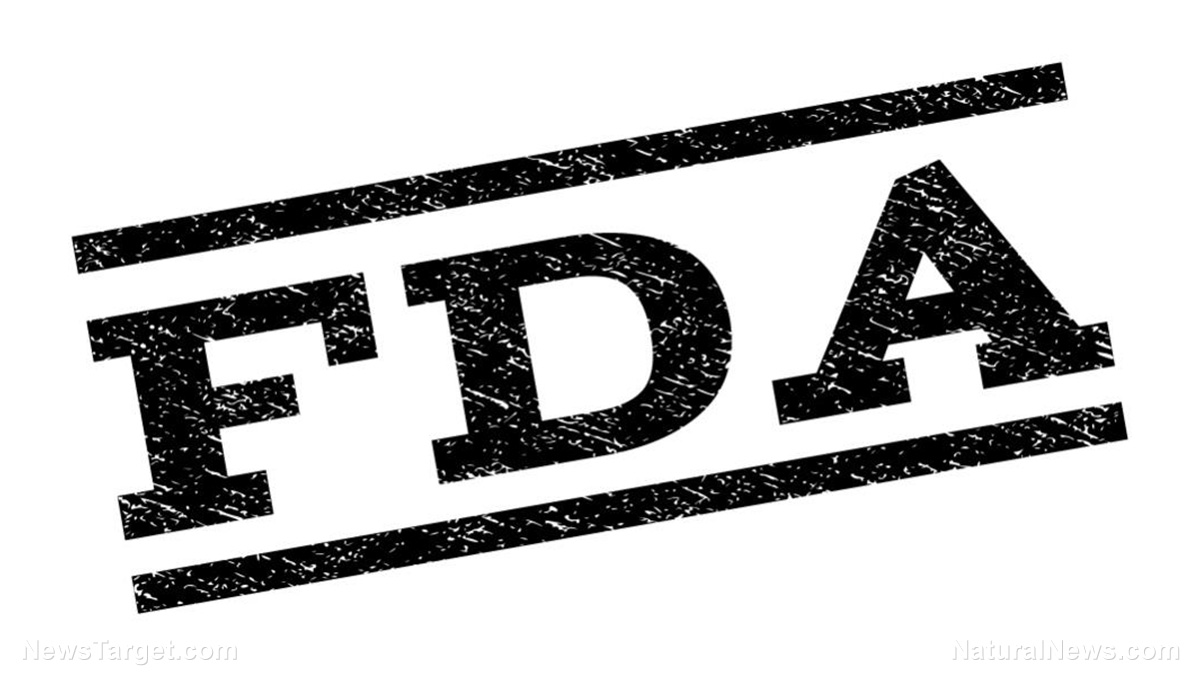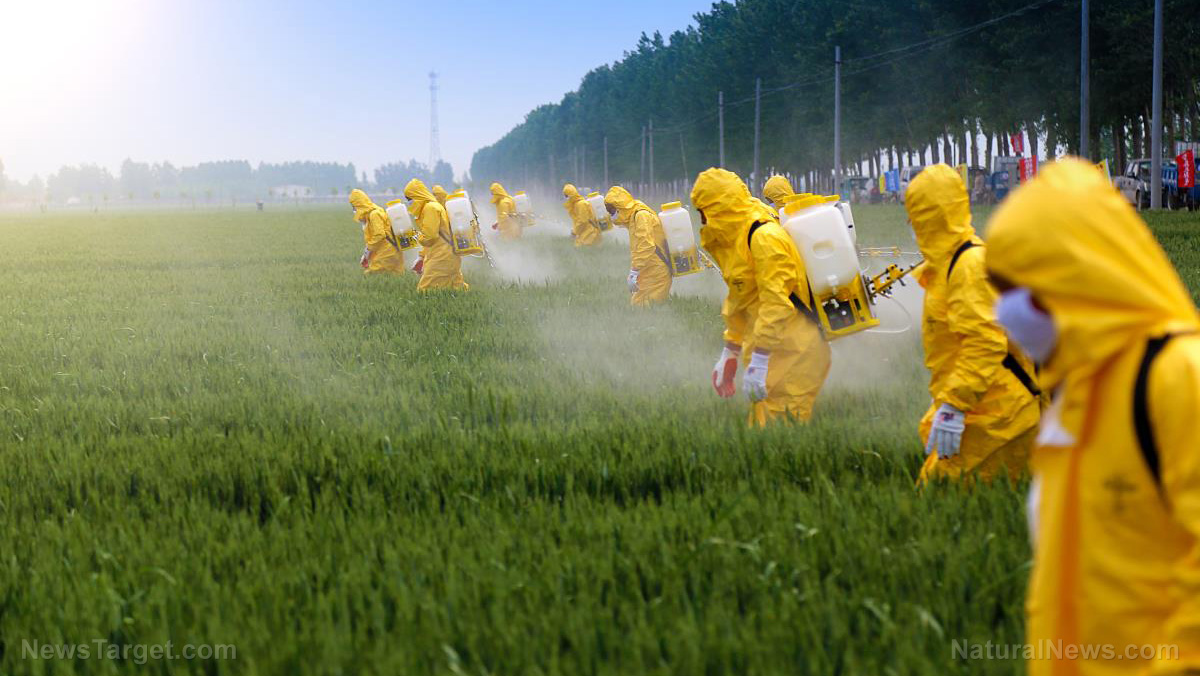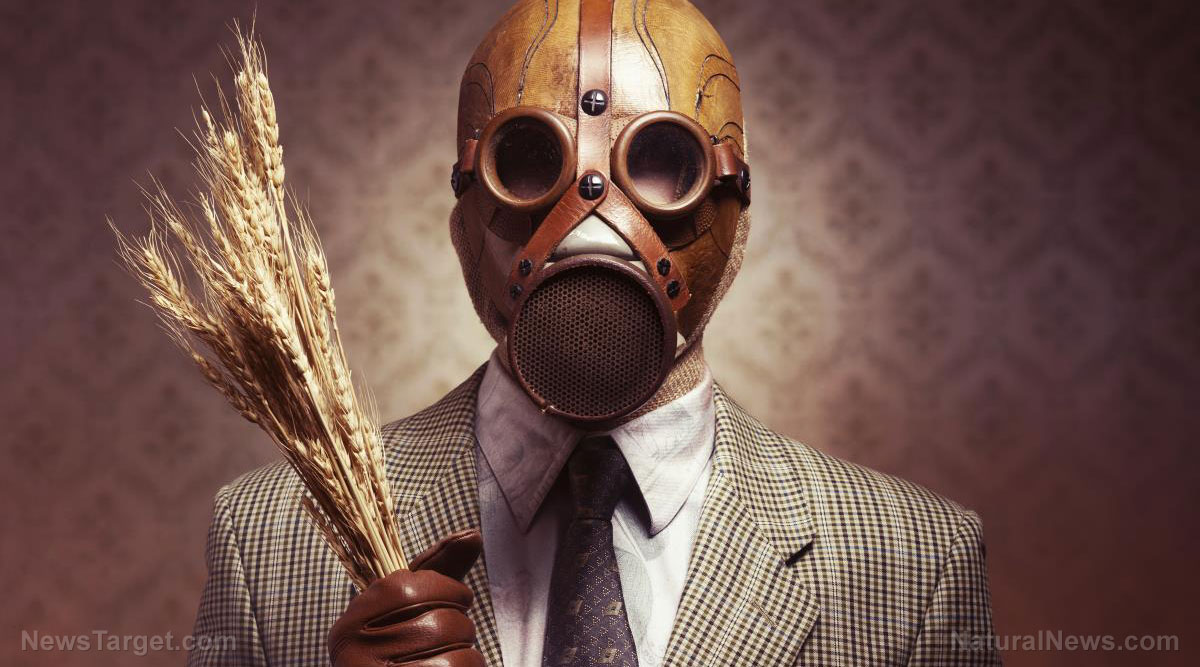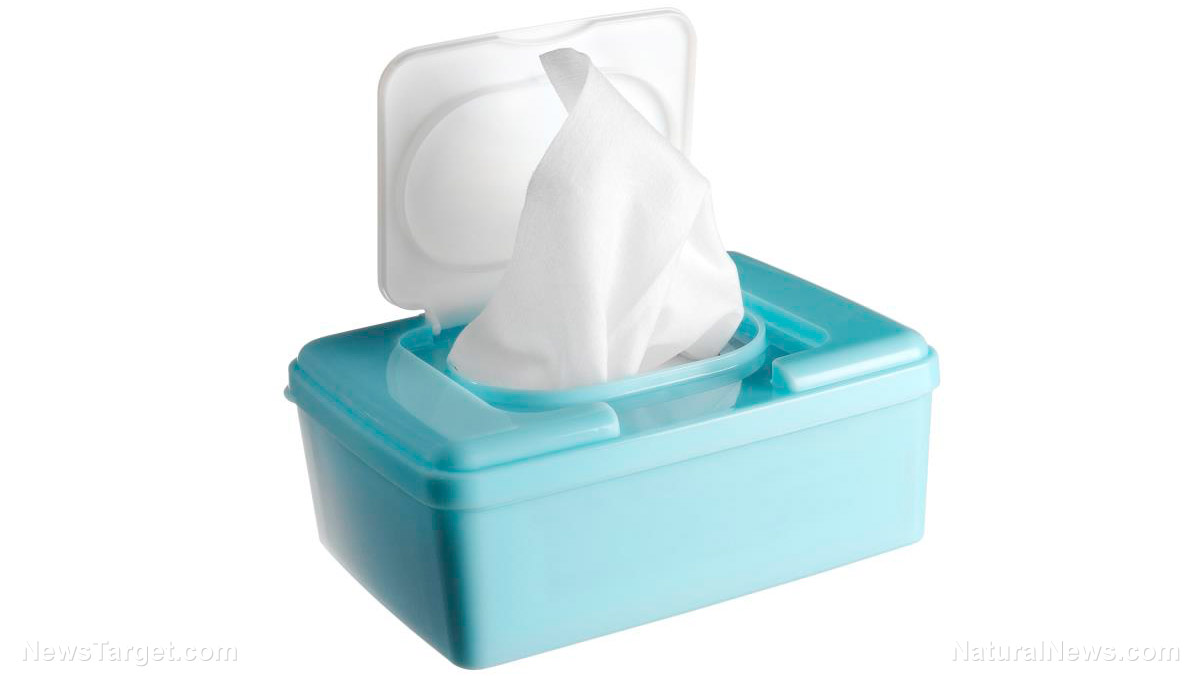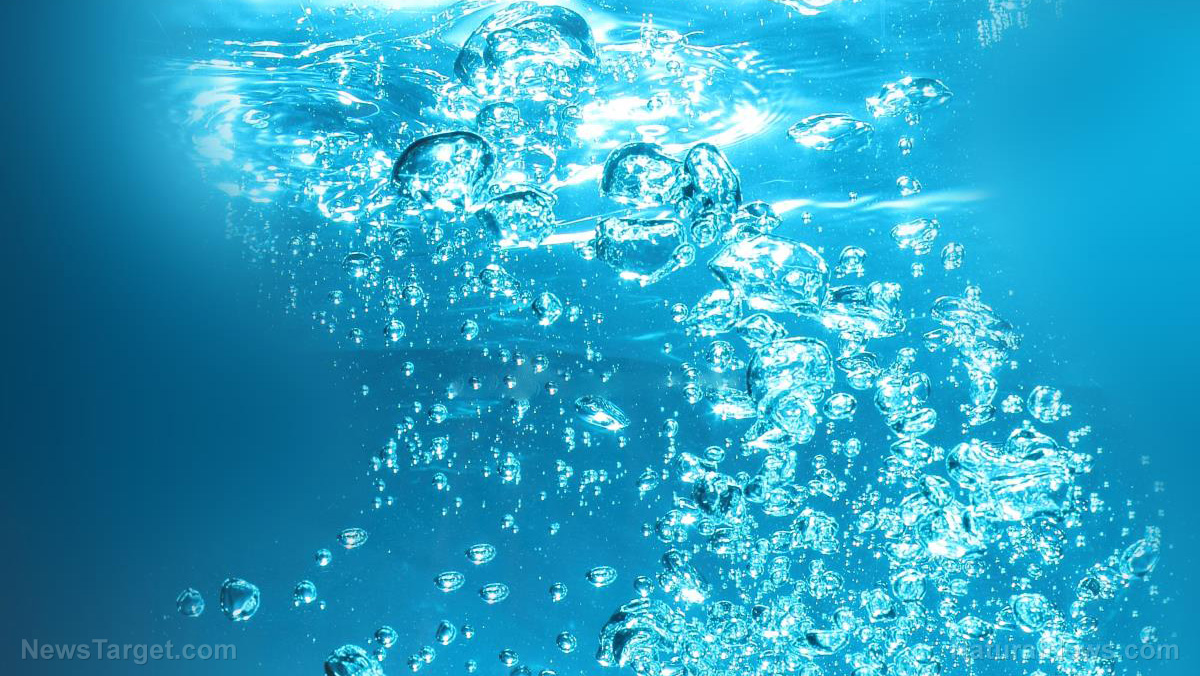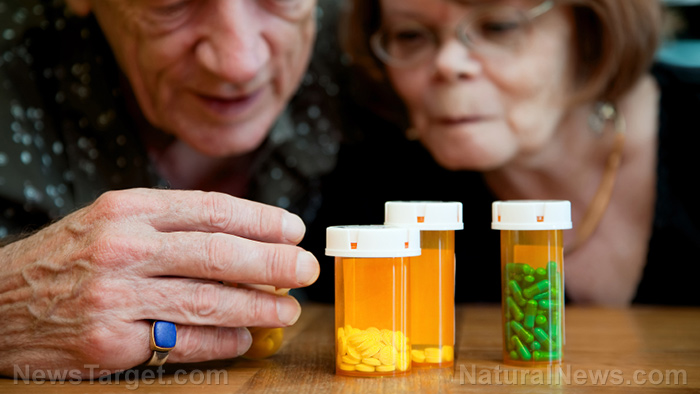
Having access to a reliable source of clean drinking water is vital when bugging out. In a survival situation, you probably won't last more than three days without this life-sustaining liquid. Stocking up on bottles of water can only get you so far, especially if you plan on traveling to other bug-out locations. You might be tempted to drink water from natural sources, but these could be teeming with parasites or bacteria. If you don't want to die of dehydration or from waterborne illnesses, you should learn these simple, effective, and inexpensive methods of acquiring potable water. (h/t to MDCreekMore.com)
Purifying water with bleaching powder
Bleaching powder or calcium hypochlorite is a type of active chlorine that is suitable for chemically treating water. Make sure to use only unscented bleaching powder that has calcium hypochlorite as its sole active ingredient. You should also ensure that it has a concentration level of 65 percent or higher. Moreover, you should not simply add the bleaching powder directly to the water you plan to drink. You must first create a stock chlorine solution by mixing one teaspoon of bleaching powder with two gallons of water. This stock chlorine solution is not suitable for drinking, but it can be used to disinfect your actual water supply. All you have to do now is add one part of this solution for every 100 parts of water you plan to drink. This equates to roughly 2.5 tablespoons of the solution for every gallon of water. Let the treated water sit for at least half an hour first before drinking it. (Related: A safe guide to using bleach to purify water when SHTF.)
Boiling water to eliminate pathogens
One of the oldest and most effective methods of killing pathogens in water is by boiling it. Parasites and disease-causing bacteria cannot survive the intense heat of boiling water, so as long as the water reaches boiling temperatures for even just a few moments, it should be safe enough to drink. To boil your water, you will first need to start a fire. This is easily accomplished with the help of a lighter or some matches. Once you've got your fire going, you will need to set your water over the roaring fire. Pour your water into a fireproof container and place it above the flames. If your container is not fireproof, such as a plastic water bottle, you will need to hang it over the fire. You can fashion a makeshift tripod by lashing three wooden sticks together. Use cordage to attach your water bottle to the tripod and suspend it over the fire.
Purifying water with a filtration system
Water from natural sources can be filled with all sorts of dirt and debris. You can pull out this debris from your water by using a water filtration system. If you can get your hands on a portable straw-style filter, then all you have to do is drink directly from your water source using the straw. In case this option is not available, you can always create your own DIY water filter. Simply fill a container with layers of gravel, sand, cloth, and charcoal. Your container should have an opening at the top where you can pour your unfiltered water and a small drain at the bottom where the filtered water can seep out.
If you want to ensure that you have truly clean drinking water, you shouldn't just rely on a single water treatment method. Each method has its own advantages and disadvantages, so it is best to find a suitable combination of these water treatment methods that best works for you.
Sources include:
Please contact us for more information.















